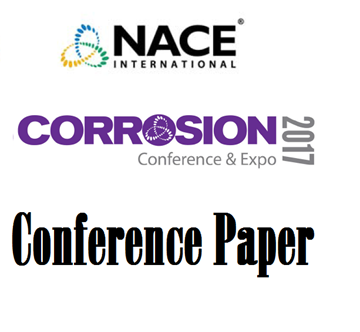Search
51318-11659-Mitigating Pipeline AC Interference Using Numerical Modeling & Continuous AC Voltage Monitoring
Also Purchased
AC Interference and Mitigation: Heartland Case Study
Product Number:
51317--9461-SG
ISBN:
9461 2017 CP
Publication Date:
2017
$20.00
Challenges in Mitigating AC Interference in Remote Areas
Product Number:
51317--9090-SG
ISBN:
9090 2017 CP
Publication Date:
2017
$20.00
51316-7393-AC Interference Risk Ranking: Case Study
Product Number:
51316-7393-SG
ISBN:
7393 2016 CP
Publication Date:
2016
$20.00




